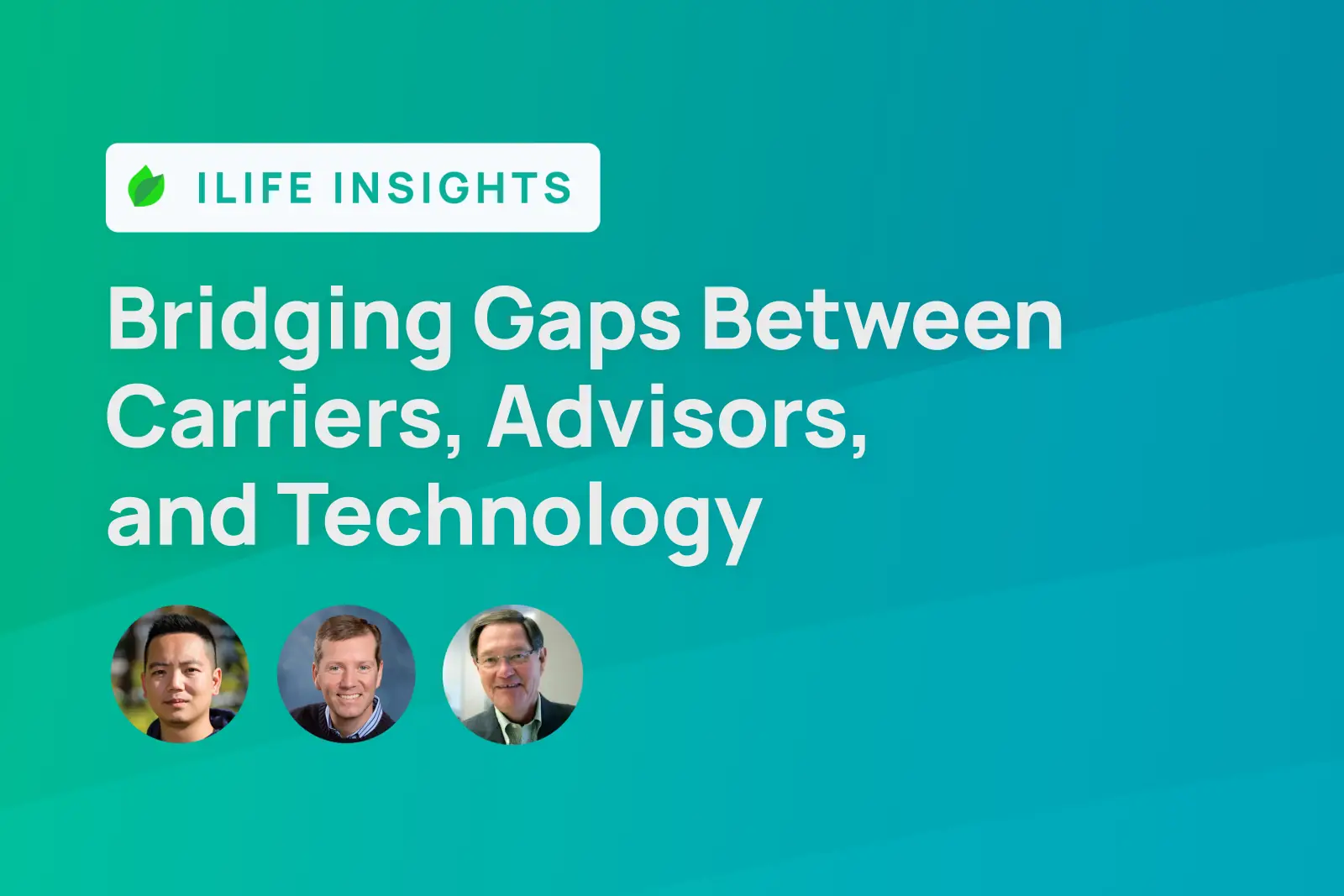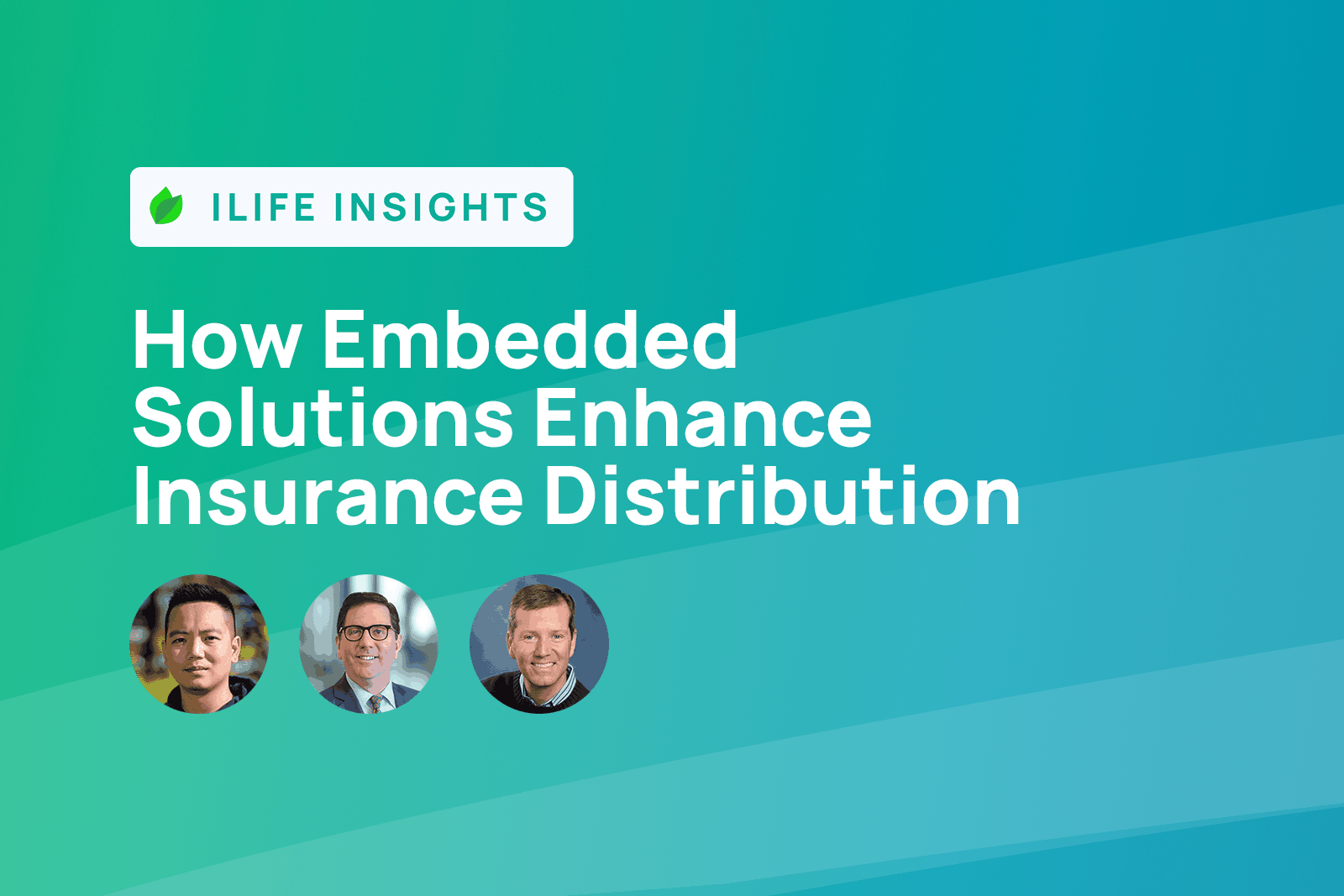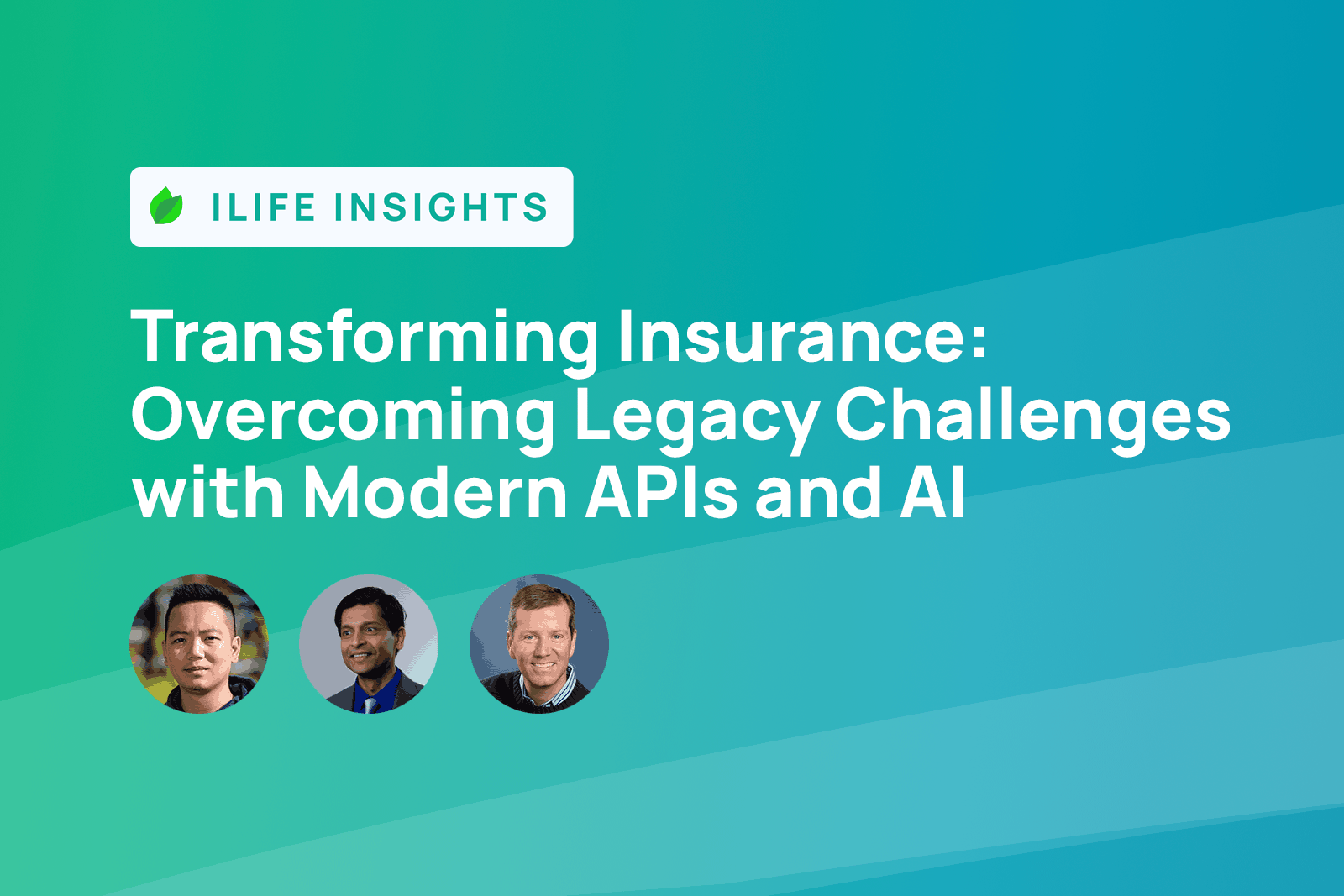Join iLife Technologies Founder & CEO, Nelson Lee, as he meets with David Castellani, a visionary who has navigated the realms of insurance leadership with remarkable acumen. David discusses the intricacies of tech modernization in the insurance industry, leveraging his extensive experience from New York Life and Brewer Lane Ventures.
Tune in for a compelling dialogue on bridging entrepreneurial spirit with strategic corporate initiatives to spearhead growth and technological evolution.
Nelson Lee: (00:06):
Hey, Dave, thank you so much for joining us.
David Castellani: (00:09):
Nelson, good to see you. Thank you.
Nelson Lee: (00:11):
Well, today I love to get your thoughts and insights about the modernization of the insurance tech stack in the life and annuities industry. First of all, for those in the audience who may not be super familiar with your past roles, I think it’ll be super helpful to give us a quick intro of your background which I think is impressive.
David Castellani: (00:40):
I appreciate that. I have had many interesting business career functions along the way, and also two startups. And I really think that sort of defines my experience because when you’ve worked in very small companies, as you know, growing a business is super interesting. It’s challenging but you develop some really, really good skills. And if you could take sort of that innovation and bring that into a large company environment, which I did later in my career that tends to give you deeper insights and a little bit more in the way of skills, I think, to help navigate and move a little bit faster. I ran a couple of businesses for my former company, New York Life, in the day. In my last eight years in the company, I ran technology for the entire enterprise.
Coming from the business side, Nelson, having this entrepreneurial background, I was able to I think do a reasonably good job connecting the business problems to technology and technology to the business problems. I always felt like there wasn’t a strong enough association between the two groups to make real meaningful impact. And to have that come together at New York Life was really a nice way to cap off my career at least on the corporate side. And then, as you know, I joined Brewer Lane Ventures as an operating partner two and a half years ago, and have really, really enjoyed getting back to the entrepreneurial side, learning about businesses, and helping them grow and develop.
Navigating Full-Stack Modernization in Insurtech
Nelson Lee: (02:21):
That’s such an impressive career, Dave, and I think entrepreneurs and corporate execs are lucky to work with you. So in your journey running kind of both tech and the connection between tech and business that you mentioned is so important, what have you seen as some of the biggest challenges or obstacles you’ve seen in trying to modernize the technology stack as we quickly go into the cloud and into the age of ai?
David Castellani: (02:53):
That starts with connecting to the business because why are you modernizing? What are the business outcomes you think you should get once you’ve gone through the modernization journey? Exactly what does modernization mean? Is it a full-stack modernization? Are you modernizing the front end and you’re gonna live with some of the the more legacy environments in the back end? Are you gonna do full-stack and what are the reasons behind that? And then what is the sequencing to actually do that? Because you’re talking about a multi-year journey here to accomplish that in an effective fashion, and again, making sure that all parts of the business are connected to that discussion, those decisions in that journey become critically important. Because it’s difficult.
Now, I would say about modernization in general. It’s gonna be expensive, it’s gonna be time-consuming. But one of the things that really most organizations are facing is retirement risk. You have people who built these systems 30, 35, 40 years ago, you don’t really have the documentation that you would have today in your development cycles that you’re going through Nelson. And so understanding how am I actually gonna take this monolith down? That’s a tricky proposition.
Nelson Lee: (04:28):
Are there any misconceptions that you have ever run across when it comes to, like you said, how to take this down and move to the next-gen of technology?
David Castellani: (04:40):
Well, the misconceptions could be, let’s start on the business side. The business side might conclude something like, well, how difficult is this really? Just get it done. You know, don’t, don’t tell me about all the details. Just make it happen. And to, again, to take people through not the detail of every sort of thing you need to do in modernization, but deep enough to get the business to appreciate the complexity, the timeline that’s gonna take, the care that’s required. You know, as I always said, if you start pulling wires, you might not get the right outcome in the end. And so some sensitizing the business to actually, what’s gonna happen here is critically important. Equally important on the tech side, is to make sure that there are very, very good, keen listening techniques going on so that we understand exactly what the business requirements are. For decades, Nelson, you heard this story, the tech people would say the business has not given me good requirements. The business would say, tech really doesn’t move fast enough.
Nelson Lee: (05:58):
That’s a problem
David Castellani: (05:58):
Yeah, they’re not really they’re not into my needs. They don’t really understand what I’m trying to achieve. That communication gap is job number one. You have to fill that.
From In-House Development to Cloud Computing: A Shift in Insurtech
Nelson Lee: (06:09):
So on that note: job number one, skillset seems like great communication through the bridge between engineering or tech in general and business, right? Do you feel like the skillset and prioritization of skill sets for a tech leader at an insurance carrier today is fundamentally different from say, 20 or 30 years ago? Are the skill sets similar, totally different, in between?
David Castellani: (06:37):
Oh, I think they’re a lot different, Nelson. I’ll start with the fact that 20 years ago, just about every action within a tech ecosystem was a, “we’re gonna do it ourselves.” We’re gonna build it, we’re gonna own it, we’re gonna operate. I mean, you may buy software of course, but you’re gonna highly configure that software and you’re gonna own everything from compute to development and maintenance. Okay? That was the old model.
Nelson Lee: (07:07):
And cloud wasn’t a thing back then.
David Castellani: (07:09):
Right, there was no AWS. There was no Azure. There was no Google. So compute was something you would own and operate. The example I would use this is not different than how public utilities that provide power sources to businesses came about in the thirties and the forties and the fifties, which was every factory in the US had its own power generation facility. You could see it all through New England, these mill towns built on rivers with their own power generation. Everything was decentralized and then all of a sudden the public utility came along and said, why are you creating power? It’s a commodity. We could do it faster, cheaper, and distribute it much more efficiently.
Nelson Lee: (07:59):
That’s an amazing perspective. I think so many of us forgot and take for granted that public utilities is just a given today. I think many of us forgot that wasn’t always a thing. And the factories, like you said, were able to realize maybe we’re not in the business of generating electricity, we’re in the business of making other things as a factory.
David Castellani: (08:21):
Well, so AWS and Microsoft’s Azure, are the new public utilities for compute. I suspect AI is gonna have a public utility aspect of it as well. It’s not to say that vertical AI won’t be a thing. It will, but you’re gonna be tapping into large sources of compute and you’re gonna be tapping into lots of data. And those will be the next generation of public utilities beyond what we see today.
Nelson Lee: (08:56):
Do you think seeing SaaS applications, who themselves are also on cloud compute, will be also a trend of the future in that fewer companies, insurance companies, will build and host their own code and instead in certain cases use a third-party SaaS service?
David Castellani: (09:16):
Yeah, here’s the trick. Many organizations and I think this is certainly true in insurance, have come to believe that what they do is extremely unique when it’s not. I’ll give you an example of that. Underwriting is a commodity. Risk analysis is unique to the business. What do I mean by that? Underwriting is just a system to take in various information factors and come up with a score, low risk to high risk. The insurance company gets to decide from there what level of risk they’re comfortable with. Some organizations are more comfortable with more risk, others, less. Data’s the data.
And I think that actually lends itself to a public utility model. The engine behind underwriting is a public utility mode. The data and the use of the data is a private utility model. That’s something I’m gonna hang on to. And, slowly but importantly, it’s happening. Organizations are beginning to realize it’s costly to maintain everything myself. Every time there’s a change, it costs me more money, to work through the maintenance aspects of this sort of thing. And it’s table stakes. And so I need to understand what my true IP is, my true identity, and my true destiny data, and I need to hang very tightly onto that. And I’ve gotta release everything else.
Nelson Lee: (10:58):
It almost sounds like the golden path to building a good startup even, right? Although we’re talking about very large insurance companies, you know how in tech startups they say to build your unique differentiator and try to outsource everything else. I mean, obviously, we don’t take that to an extreme in an enterprise, but it sounds like that’s what we’re kind of saying when it comes to deciding what to potentially take outside and treat as a commodity and what to actually build as proprietary. And not everything is proprietary is what I’m hearing.
David Castellani: (11:29):
Exactly. Exactly. I’ll give you another really easy example. Paying paying a claim is a commodity.
Nelson Lee: (11:40):
I agree.
David Castellani: (11:41):
Yeah, but it’s expensive. You have call centers associated with it. You have multiple platforms. But here’s the trick. This is no different than banking, but insurance companies over the last 40 years, have built their systems on products, not clients. So every system had a product associated with it, and they were product-centric organizations to create a different customer experience to say, no, I want a more customer-centric model. Those multiple systems have to come together as one because those systems don’t talk easily to each other. And we’ve threaded that together or tried to do that with middleware and so forth. But what have we done? We’ve just incurred another software cost. It’s not as elegant as it needs to be. It’s certainly not fast.
And so as you modernize, what people are beginning to do is to say, I gotta rethink the architecture. Again, this is what I was talking about earlier. What is the aim? Well, the aim is I want a better customer experience. I want to easily pay a claim and, not frustrate the policyholder or the the beneficiary in this case. I wanna be able to cross-sell more products into my client base. Well, guess what? That means you have to have client-centric systems, not product-centric systems. So this points back to your original question, modernization is really super important.
Nelson Lee: (13:20):
It sounds like the skill it to be successful at that today really is not about tying everything that is product specific, but tying all the different product systems into a universal layer of experience so that the stakeholders, like agents and consumers, many times most of them are non-engineers, can benefit from more client-centric experience, right?
David Castellani: (13:45):
Yeah, exactly. Now we’re in a very interesting place. We started to talk a little bit about generative AI. I think the most immediate use case for generative AI is in coding as a copilot, helping engineers code faster. Standardized documentation, in my experience, is hit or miss. Some people are good at it, some are, some are not so good at it. So a consistent standard around documentation and then the ability to go in and reverse engineer. So we started talking about mainframes that were platforms that were developed 40, 45 years ago with no documentation. The ability for those algorithms to go in and understand how those systems are operating to then create the code documentation that enables you to decommission, to modernize. I think that is a huge relief that has come our way.
Generative AI: Transforming Carrier Operations Behind the Scenes
Nelson Lee: (14:53):
I love hearing these super practical use cases in the enterprise that people can actually benefit from. I hold a belief that some of the most important use cases of generative AI may not be recognizable or even brought to the level of awareness for consumers, right? Something you just said that is like a game changer, but most consumers won’t realize that’s actually happening, right? It won’t be as apparent as say, someone you know, creating an image from scratch or text prompts.
David Castellani: (15:29):
Yeah, exactly. And I don’t know if it was Microsoft, but I think it was them. I love the phrase Copilot because really what you have is a very powerful set of tools as an engineer to apply to either difficult tasks or tasks that require an awful lot of time and attention. They can be mundane tasks. Let’s take cybersecurity as an example for a moment here. Wouldn’t it be nice to have an engine sitting on top watching all nefarious activity in addition to people? You’re less likely to miss some bad behavior, some attempted infiltration. You can certainly do it 24 hours a day, seven days a week. The compute doesn’t get tired. Human beings do. But as human beings, we not only get tired but we get inundated with information. We’re gonna miss things along the way.
And by the way, the people who are the fraudsters are also getting more sophisticated with the use of these tools. And so that arms race we have to keep up with as a business to sort of stay above it as well. So there’s, I think there’s some very, very good practical use cases for AI that are front and center of what we need to be doing today.
Nelson Lee: (16:52):
I totally agree with you. And speaking of AI you, both as the former tech leader and also now as a venture capital investor, I think another topic on AI that’s on everyone’s mind is generative AI, I think there’s consensus that it can be a game changer. There’s also a ton of noise, right? Many companies of all sorts of flavors claim to be generative AI companies. What do you think is the best way for a large company to tell what is noise and what is actually useful?
David Castellani: (17:32):
You’re right about this. I think everybody and anybody who had a business plan two years ago that didn’t include AI as a prominent feature has now made it front and center. So it’s become a lot of noise, a lot of marketing nonsense. And that’s clouding the picture in some ways in terms of real AI.
But here’s what I’d say about a business: first and foremost, businesses need to develop a culture of AI and AI usage. In other words, you need every single person in the company to play with AI on small things. Is there a way to write this email better? I want to write a white paper and I wanna put all my inputs in I want that white paper to be 10 pages long, and I wanna turn that into a PowerPoint presentation. Those are all practical and what I’ll call non-threatening uses of AI. I’m not putting personally identifiable information in there. I’m not putting the corporate secrets in there. I’m not putting the corporate strategy in there. Give people though, the opportunity to learn and develop and see the power of these various co-pilots. That’s sort of job number one.
Job number two is a business. What are you trying to solve for? What’s your mission? How is that mission gonna change? What’s your vision for where you want to go as a business? And then, and only then say, where might AI play a role in helping us achieve this?
You now have access to all the information in the world. Combine that with your data. How might I use that for a position of power? Decision-making point number three: what is okay in the public domain data? What is my destiny data, my real IP that I need to preserve? And how am I gonna use those models and how am I gonna govern it? And so corporate governance around AI has to take a very, very strong form over this important data. And then job number four is to begin the implementation process. What’s happening in the market, Nelson, is everybody’s getting into the implementation, they’re getting into the art of the possible. All very well and good, but they ignore the first three steps I talked about, which are three critical steps.
Nelson Lee: (20:09):
Especially when everyone is claiming to be an AI company, but not everyone has a true AI and an engineering-centric culture. Right?
David Castellani: (20:17):
Exactly. And you asked the question, how do companies identify what is real and what’s not so real? What is myth and sort of marketing versus in fluff versus something substantive? Well, if you have a culture of AI, you’ve allowed your management group and others to begin to play with it. You’ve identified your problems and you’ve got your governance. You are a well-formed organization, knowledgeable organization around AI and you’ll be able to see very clearly what’s real and what’s not.
Nelson Lee: (20:53):
That is a great point. The culture of AI kind of needs to develop on both sides, right?
David Castellani: (20:59):
That’s right.
Nelson Lee: (21:01):
When we talk about culture and being so AI – and AI in my mind is a very engineering-heavy endeavor, right? There is a ton of hype and marketing around it, which is all good. We want more awareness. It’s very engineering-heavy.
Obviously, I’m super biased because I’m a technology startup founder, but a lot of times it seems to me that it is just structurally easier and faster for new challenger brands to instill this AI culture if they are born and built in the age of AI and cloud-native technology. But we sometimes see, you know the industry fall into this cycle of they want AI, they want cloud-native, they want a bunch of new technology, like containerized microservices. But the companies who sometimes do these things the best, or at least very well are not the established companies from 40, 50 years ago. So you have this dilemma where I want to go to the big and safe choice, but that may not necessarily align with what I’m seeing that’s best in the market.
So my last question for you is, how do large orgs deal with that? They see an amazing group of startups with this amazing product set I want, but my familiar set of companies gives me kind of that sense of security.
David Castellani: (22:36):
You asked this question on the front end and it’s a really, really good one. You’re really getting to the heart of how these organizations innovate. And then you asked the question earlier about the role of the CIO, how has it changed in the last 20 years. I believe very strongly that CIOs and business leaders will pick a few of the emerging companies that are actually really good at providing fast-moving technology, and game-changing technology, and more strongly partner with those firms. Here’s my example of that: I see a day in the not-too-distant future here where employees of early-stage companies will be embedded into these larger entities as part of their innovation group. Strong form partnership where you’ve got multiple benefits, you’re gonna get the intelligence and the new technology of these startups, and you’re also gonna bring that into the legacy organization and you’re going to cross-pollinate the engineering group within these established organizations.
They’re gonna learn more. They’re gonna develop quicker. You’re gonna actually have a seat at the table with these large entities to help teach them and develop the sort of things that you take for granted. I see a lot more co-investing that will occur where large entities will co-invest in early-stage companies, and take an equity stake. That’s a hard-form partnership that is different than a loose-form partnership. But if you’re if you’re a business leader and you’re CIO, you’ve gotta be able to look at these smaller entities and say, which ones do I believe in? Which teams can I get behind? Which ones have enough traction for me to get comfortable with? And you’re gonna have to have a different business analysis lens going on there to make those decisions effectively as well. But again, that’s not something you had to think about 20 years ago as a CIO or a business leader.
Nelson Lee: (24:54):
I was just gonna say that, asked you that earlier question, the same tech leader in the eighties, and nineties, probably not only, didn’t have to, but it probably wasn’t in the realm of like priorities. They have to even be brought to awareness, right?
David Castellani: (25:11):
Yeah, exactly.
Bridging Innovation: What Carrie Can Learn from Insurtechs
Nelson Lee: (25:12):
I know I promised you that was my last question, but you brought up such a good point. I’m gonna have a real last question for you, Dave.
David Castellani: (25:18):
All right.
Nelson Lee: (25:19):
I’d apologize for doing this but I can’t miss this. You mentioned there are things that a new technology company takes for granted, but that could be potentially actually very valuable for a larger enterprise in insurance. What is something you think new tech companies take for granted that is valuable to enterprise?
David Castellani: (25:44):
I think it’s very difficult. I mean, take you as an example. Every day you’re at the forefront of developing new products and new skills that these companies can tap into. And you’re going super fast. You’re hiring really great engineers who have a lot of interesting experience and your work ethic, your drive, and your leading-edge thinking about what’s next. It’s just what you do. And so really appreciating that is hard to do when you’re in the middle of it. And I’m telling you that every large organization could benefit greatly by having some exposure, drinking some of that water that you drink as your normal sustenance every day as part of their system. It’s really hard to separate yourself from that until you’ve actually worked in a large entity and then worked in a small entity to really sort of appreciate the differences.
Nelson Lee: (26:57):
Yeah. I’m obviously super biased being you know, a challenger brand technology company, but you’re right, sometimes we’re just in the middle of it every day and we don’t necessarily think of our day in that fashion. But it’s always good for folks on the tech startup side of the world to understand what are the tangent benefits that their customers may value. Dave, I know we’re on the top of the hour. It’s such a pleasure to have you. We’ve got so many good nuggets by picking your brain today. I might just have to invite you back for another episode or two in the future.
David Castellani: (27:37):
Well, it’d be my pleasure. I really appreciate you inviting me to do this. I had a lot of fun today.
Nelson Lee: (27:41):
Thank you so much, Dave.





